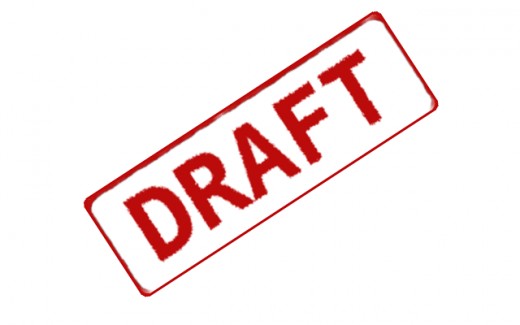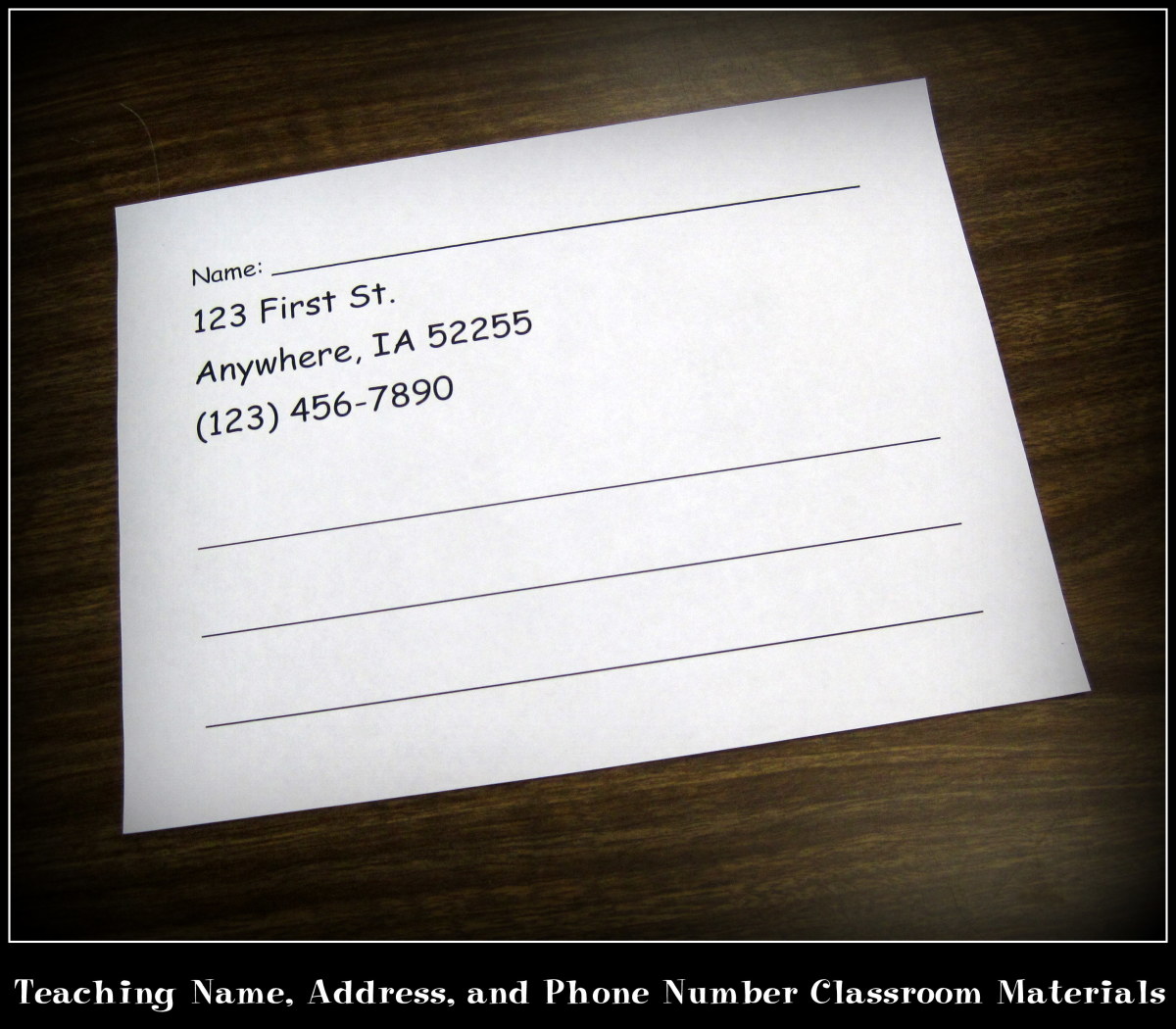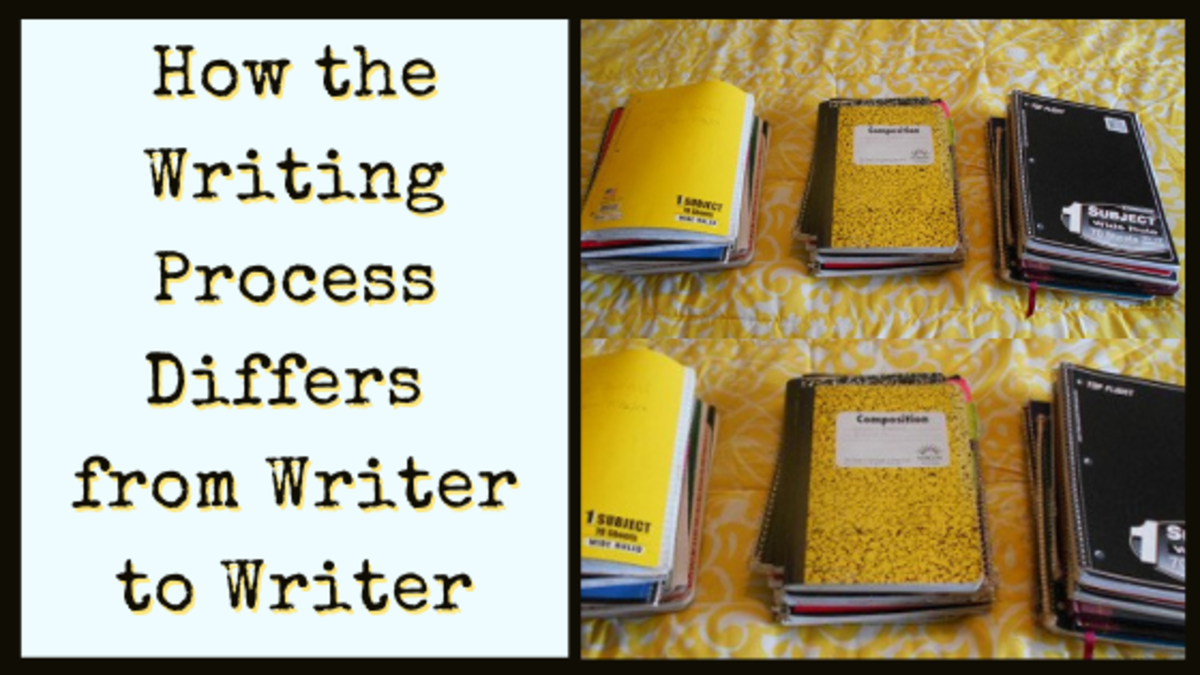How to Teach Drafting: The Third Step of the Writing Process

What is Drafting?
Drafting is the third step in the Writing Process and it is important to note that is it the draft"ing" step, not a draft. That is because we want our students to understand that there will be multiple versions of their writing before it is finished. What is first written down should look nothing like what is finally turned in.
How to Teach Drafting
This step is perhaps the most hands off step of the writing process for the teacher. Again, students should be encouraged to approach this step in a way that is authentic to their learning and writing style, but there are a few things that are important to emphasize as they do draft.
Since the writing process at its core is really about manipulating and crafting writing, it is essential for the writer to get the first draft out. Students should go immediately from the outlining step to writing the first draft of the essay. I usually instruct a lesson (or lessons depending on the ability of my writers) on the elements of an essay, an introduction, body and conclusion and then let the students work out their first draft.
Because I want to encourage several versions of the writing piece, I make my students hand write their first draft. For some writers, typing is a more efficient medium and revision can take place on a typed draft just fine. For my students, the tendency is "one and done" and the revision will be limited on a typed copy as they will not be as likely to tear sentences and paragraphs apart. I know when I have my students hand write their first copy, they will be rewriting their essay entirely one time when they retype it. Essentially, they will have to be purposeful about every word they enter into the computer, so it really drives the beginning process of revision.
When my students draft, I let them go.I tell my students that the pressure is off when they draft, that they can put anything down to get thoughts out and that their final paper won’t be this paper at all; it will be better. I once had a student, who was a strong writer already, get very confused about the drafting process. She couldn’t understand the point and actually didn’t turn in some of the initial assignments and steps of the essay. When I asked her about it, she told me she didn’t know how to “dumb down” her writing to make a draft. She said her writing is usually good enough and she only ever has to do it once.
I was actually caught of guard very much by her comment, but it completely solidified for me why I bring my students through such a tedious process with their writing. I told her that I would prove to her the process would be worth it, that in fact, her “good enough” draft she has would get better, even if she thought it was perfect to begin with. I promised her she would see the reasoning behind it and I had to keep my promise.
The student ended up writing her draft and during the course of the revisions realized that it was completely disorganized. She told me that she would have never read it over again, at least not critically, and would have turned in an assignment that was disorganized had it not been for the time she had in class to do the writing process.
First Draft Complete, Now What?
After students get the first draft complete, there are still a few steps to go before it is in its best form. Once the first draft is finished, we move into the revision process. Each revision essentially gives way to another draft. Depending on the writing project and the time allowance in class, there can be anywhere from one additional draft to 10. Keep in mind that each draft does not necessarily have to be an entire re-write of the essay, but each draft should be different from the previous one.









